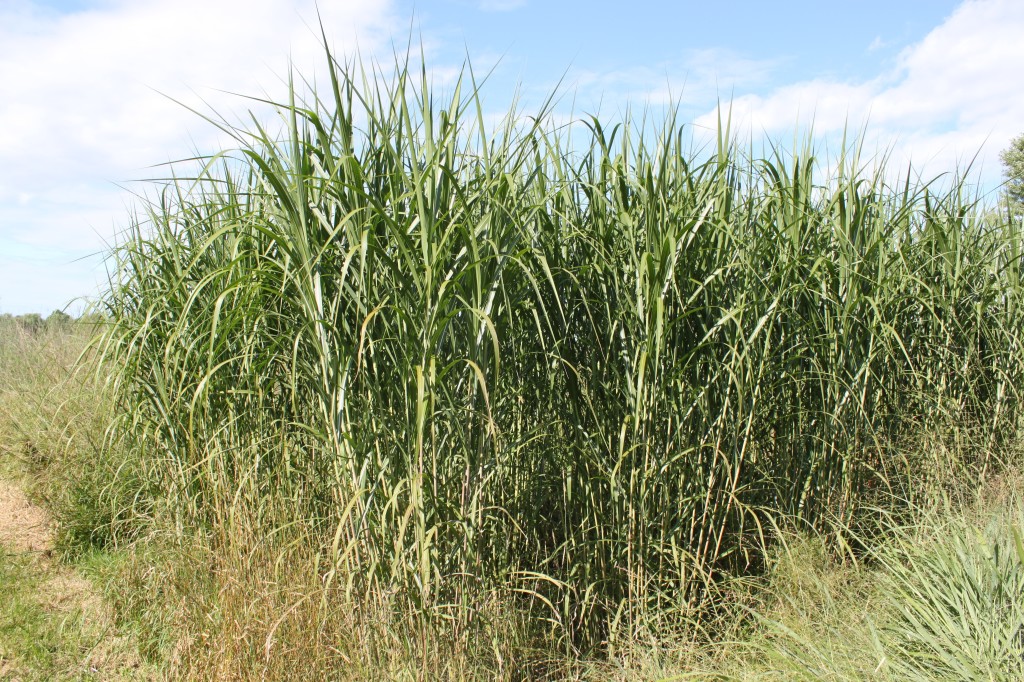The term “Bioenergy” refers to renewable energy fuels and feedstocks derived from biological sources; these can be agricultural biomass, liquid biofuels, and biogas used for heat, electricity, combined heat and power, or vehicle fuel. The term is often used synonymously with “biofuels.”
Some examples of bioenergy feedstocks and fuels being developed in Vermont include switchgrass, hay and other agricultural biomass for heat and power; oilseeds (like canola, sunflower and soybean) and algae for biodiesel; animal waste and food scraps for anaerobic digesters and captured landfill gas to create electricity and biomethane.
While there are a variety of bioenergy feedstocks and fuels, there are three primary focus areas for VBI: Algae, Grass, and Oilseeds.
Algae: Microalgae such as green algae and diatoms can be grown and pressed for oil, fuel, feed, food and fertilizer.
Grass: Perennial grasses like switchgrass, big bluestem, reed canarygrass, and Miscanthus can be grown and compressed into pellets or briquettes for use as heating fuel.
Oilseeds: Oilseeds such as sunflower, soybean, and canola can be grown and pressed for oil that can be made into food-grade cooking oil or biodiesel. The leftover meal is a co-product that can be used for livestock feed and organic fertilizer.
Click here to read more about the Vermont Bioenergy Initiative.






